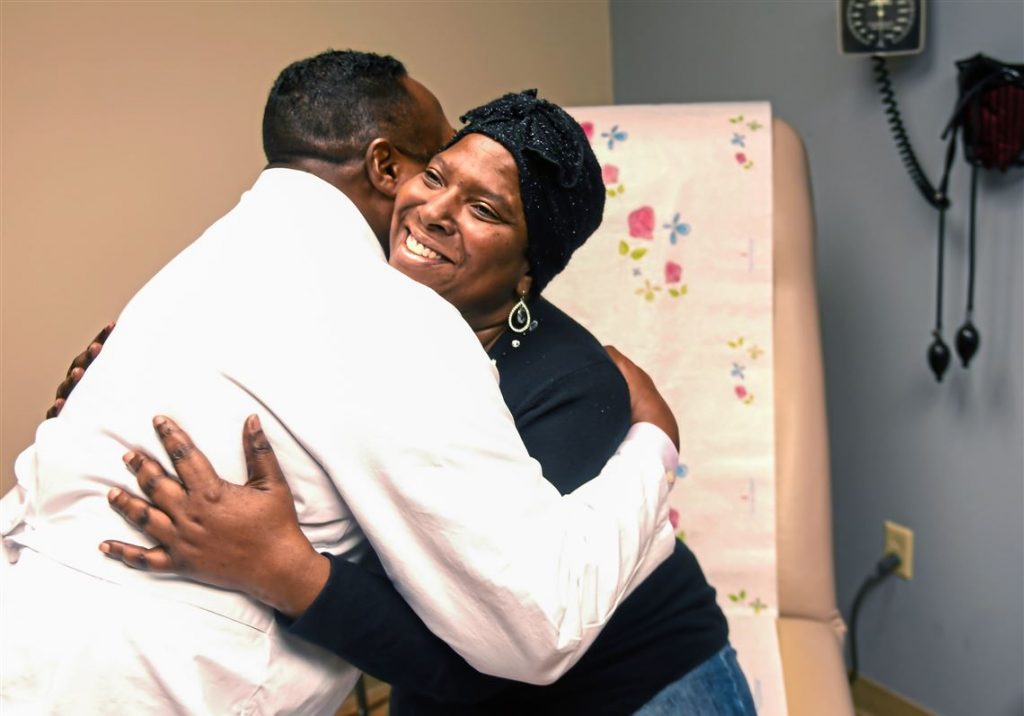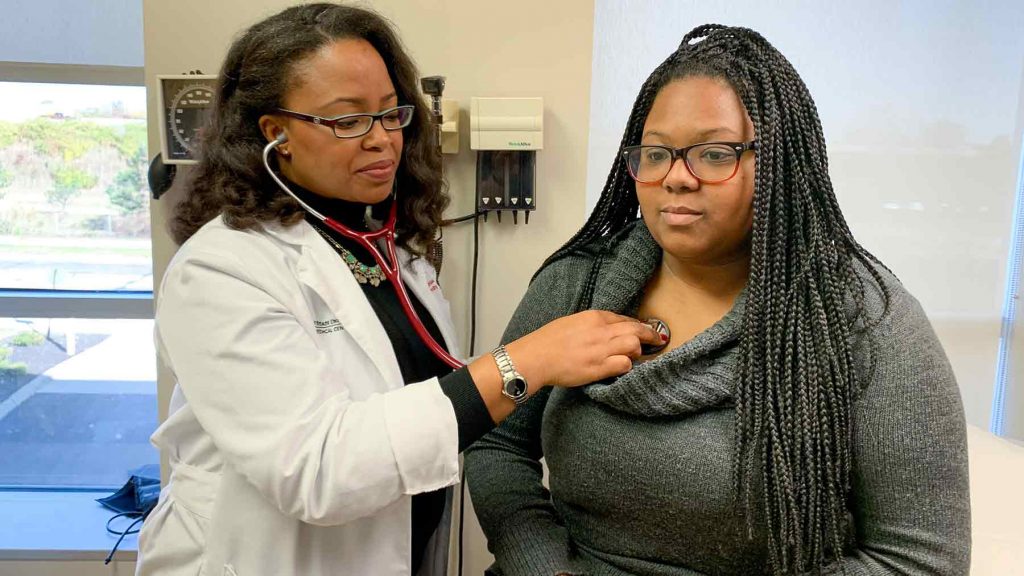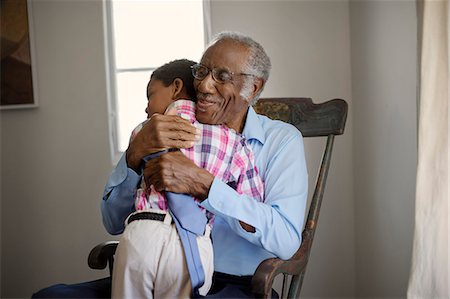Prognosis for Pancreatic Cancer
extended version
Every year, about 60,000 people are diagnosed with pancreatic cancer (ductal adenocarcinoma) in the United States. Because of the aggressiveness of the tumor, stealth of the symptoms and lack of easy screening for cancer of the pancreas, about half of patients have advanced forms of this disease when they are diagnosed.
In the U.S., pancreatic cancer is about the 10th leading cause of cancer, but the third leading cause of cancer-related mortality.
The statistics for the survival rates of patients with pancreatic cancer (specifically adenocarcinoma) are tough. These rates have improved over the past decade, especially with the introduction of new treatments.
It is important to remember that cancer is different in each patient and each person is unique. Statistics tend to show overall rates, not individual cases and experiences.
Pancreatic cancer is an aggressive cancer that tends to cause symptoms when it is already in more advanced stages. The median length of survival for untreated advanced pancreatic cancer is about 3.5 months. With good treatment, this number increases to about 8 months. Because of treatment advances, this figure may currently be higher. However, some people live for much longer. We have encountered people who have lived for 10 to 11 years or more after being diagnosed.
The statistics for survival rates usually focus on the median. The median is the time point that separates half of patients who live longer from the half who live for a shorter time. This means that there are many patients who live much longer than the median.
According to the American Cancer Society, the stage of pancreatic cancer when it is diagnosed is strongly related to survival length. When the cancer is caught in an earlier stage, the outcome tends to be better. Still, the statistics are pretty tough. The five-year survival rate with good treatment is about 11%.
Again, it is important to remember that each person’s situation and cancer is different. The statistics that are used can only show averages and estimates, not everyone’s individual case. Many people do better than these averages.
Surgery is extremely important for pancreatic cancer, because those who are able to have surgery have improved outcomes compared to those who are not able to. Unfortunately, only about 20% of people with pancreatic cancer will be found eligible for surgery.
Overall, the five-year survival rate for patients with pancreatic cancer who receive the Whipple surgery is 20-25%.
One study that surveyed a large group of patients with pancreatic cancer in Australia found that the median survival length of people who received the Whipple procedure was 16.3 months. More recent studies show that the five-year median duration after surgery has been reported as high as 20 months.
When chemotherapy is given after surgery, these results can be even greater. In 2018, a study showed that adjuvant treatment with FOLFIRINOX increased the median length of survival to 54.4 months.
The length of survival tends to be better for patients with pancreatic cancer that is diagnosed at an earlier stage. In earlier stages, there is typically a better chance of eligibility for surgery or treatments that can slow the rate of progression.
For those with locally advanced cancer of the pancreas, the medial survival length with chemotherapy is around 6 to 15 months, although this figure has been increasing with the deployment of innovative treatment modalities.
The outcomes for patients with neuroendocrine tumors tend to be better than those with adenocarcinoma of the pancreas. Neuroendocrine tumors (islet cell tumors) and carcinoid tumors have very different origins than adenocarcinoma.
Because of this, they affect the body in different ways, and each neuroendocrine tumor type is treated in a different manner with different outcomes largely dependent on the aggressiveness of a particular tumor.
Extended Version
Categories






Written by: Jasmine Mitchell, University of California Santa Barbara
Edited by: Dale O’Brien, MD, Cancer Patients Alliance
Formatting and content by: Raewyn O’Haire, AB, Cancer Patients Alliance
Consultant: Neil Atam, University of California Santa Barbara
Top Reference
Pancreatic resection: a key component to reducing racial disparities in pancreatic adenocarcinoma
Click Here
Click Here for the ACS Journal article